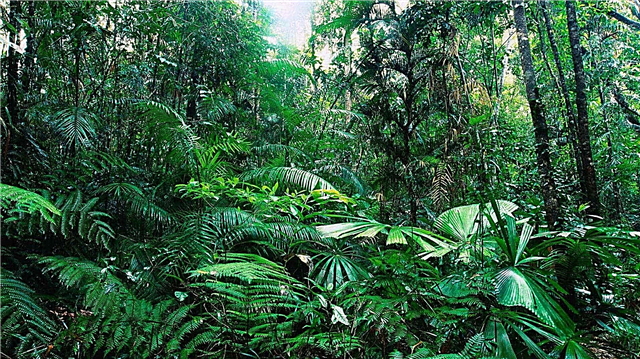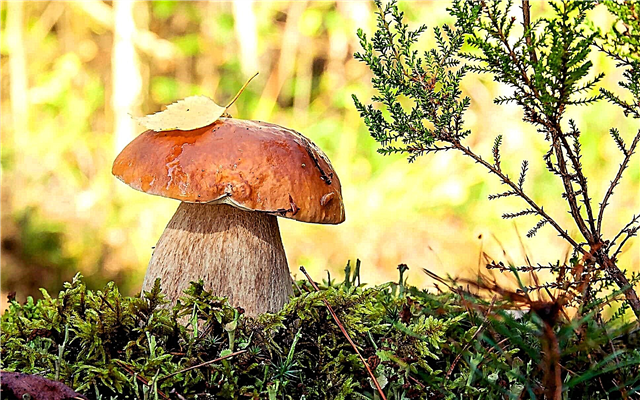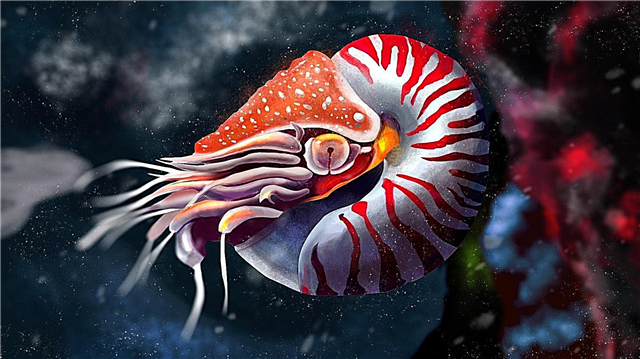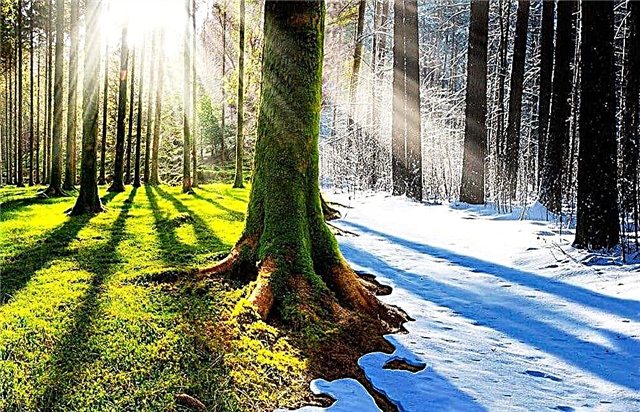
When it comes to cacti, the imagination immediately draws a green plant, the stem of which is covered with thorns. But are all cacti so similar in appearance? Or are there species that grow on trees?
Discovery story
Cactus plants are divided into 127 genera and 1750 species. Given their great diversity, it is not difficult to assume that there are plants that are radically different from their counterparts. These include Pereskia, a genus of cacti that has been growing on Earth for several tens of millions of years. Its main distinguishing feature is the presence of leaves growing around the flowers, and a solid trunk. Because of this, adult pereskia resemble lush bushes or small trees.

For the first time this species was described in 1703 by C. Plumier and ranked them as cacti. But in 1754 F. Miller singled it out into a separate genus of Pereskia. At the moment, several subspecies with certain features are known.
Where does pereskia grow?
The plant first appeared in Central and South America, from where it gradually began to grow around the world. Now cactus is often found in different houses as a decoration.
Pereskia needs fresh air and a lot of light. The plant feels great in the temperature range from 12 to 23 degrees. Under favorable conditions, it grows rapidly, its stem quickly thickens and becomes strong. Spines are seen past the foliage, with which it can cling to the trunks of trees standing next to it and use them as support.
Cactus is not whimsical to moisture. It perfectly takes root in the desert, growing in the form of a bush.However, if it is sprayed regularly, the pereskia will rapidly increase in size.
Interesting fact: Many millions of years ago, cacti had leaves instead of needles. Peresia is considered one of the few species that managed to bypass evolution and retain its original appearance, although it also has few needles.
From the point of view of reproduction, Pereskia is a universal plant. It can do this both with the help of seeds and in a vegetative way.
The cactus genus Pereskia differs from ordinary cacti. On its stem flowers and leaves grow, located between thorns. Pereskia also has a solid trunk, from which branches of different lengths grow. Because of this, the plant looks like a shrub or small tree.












